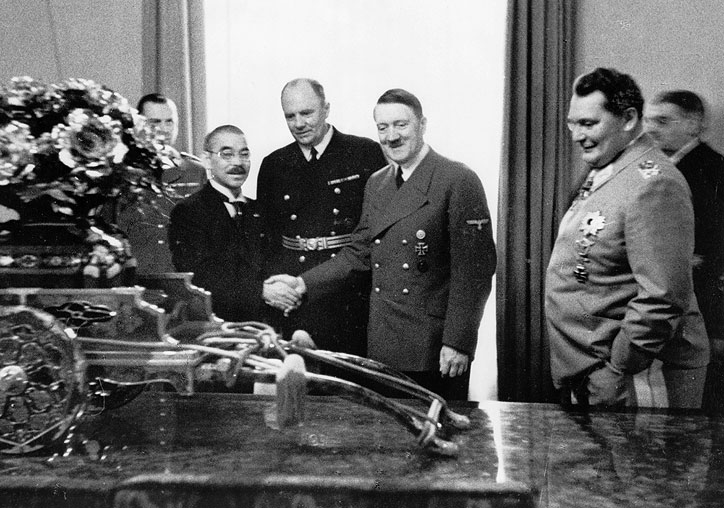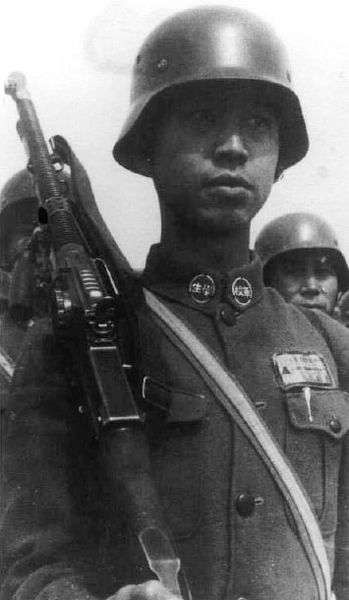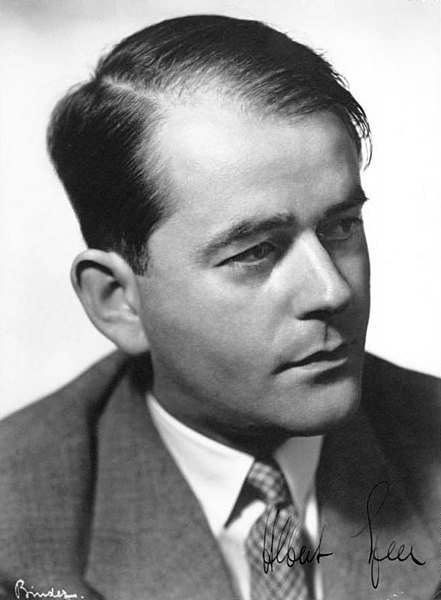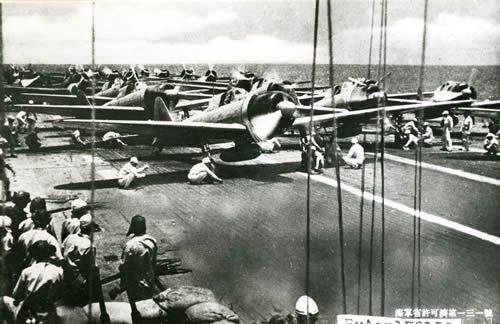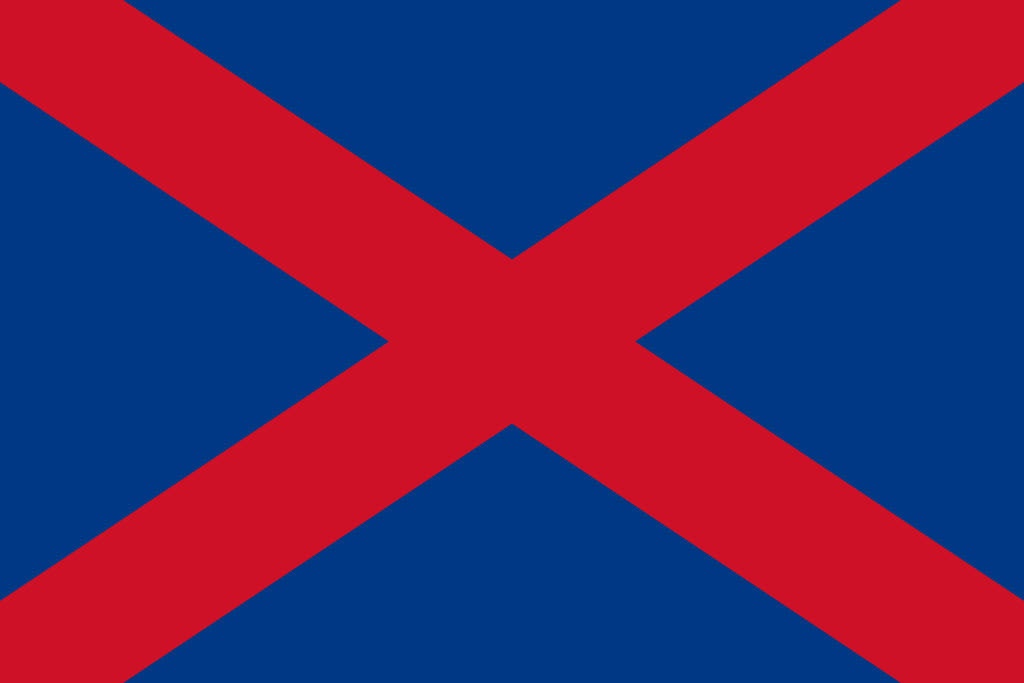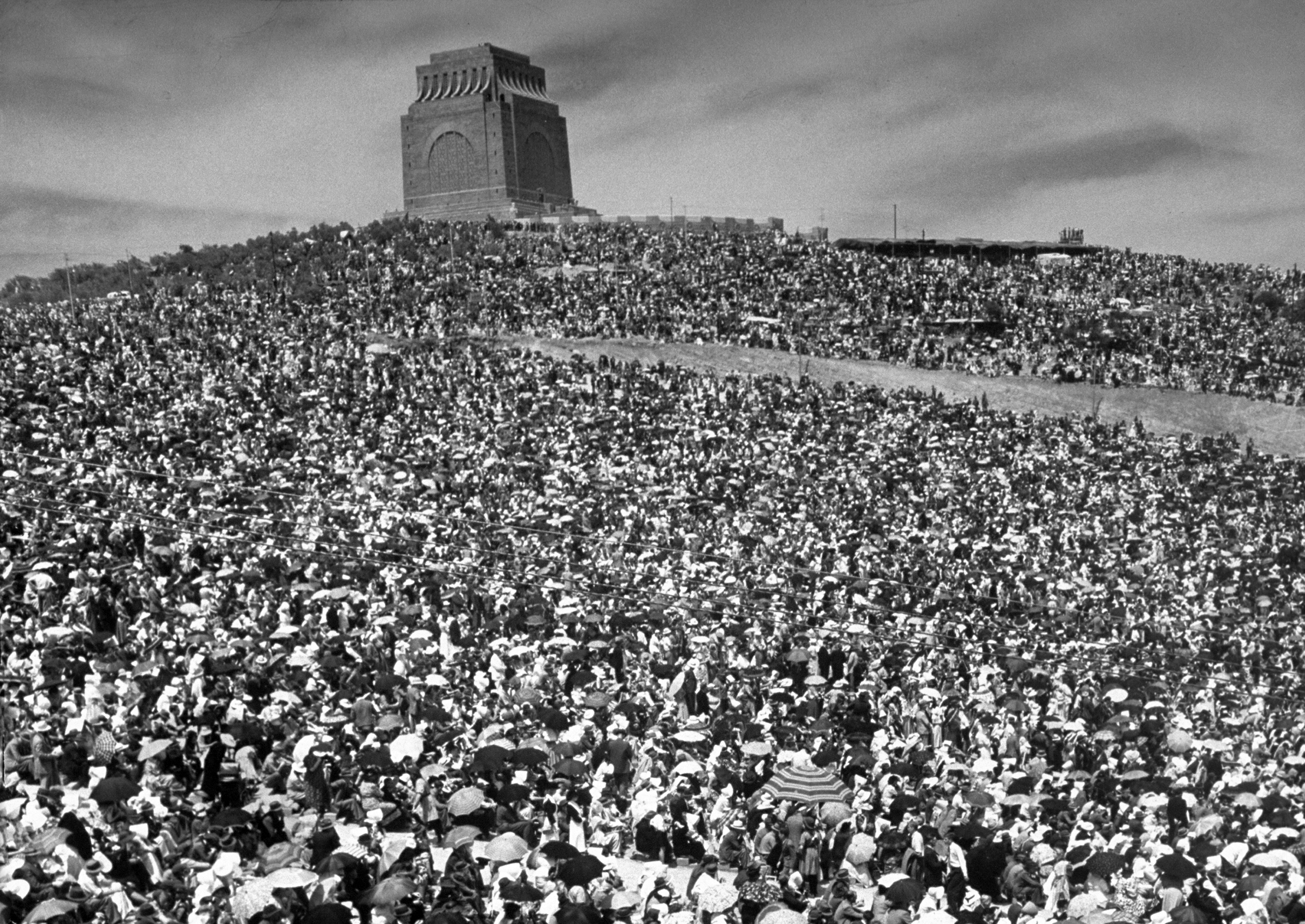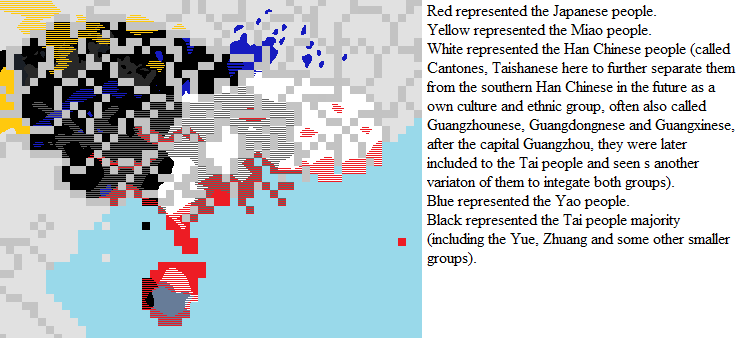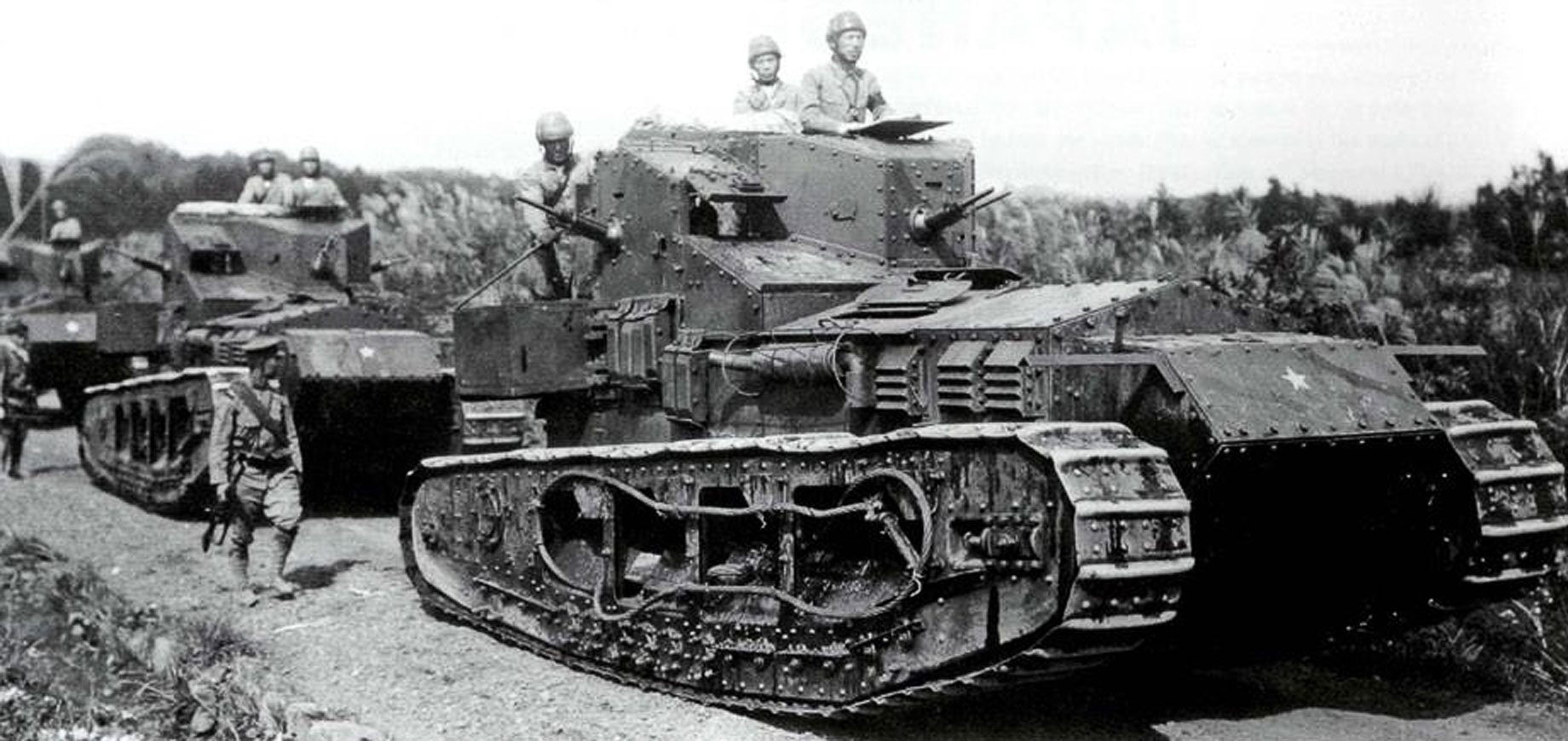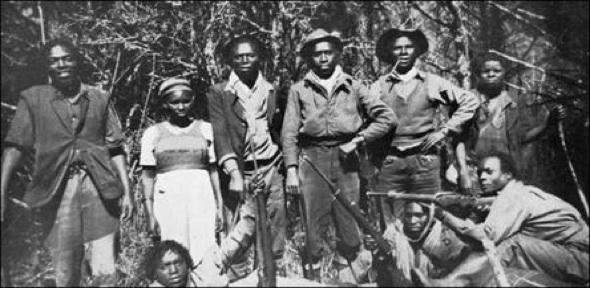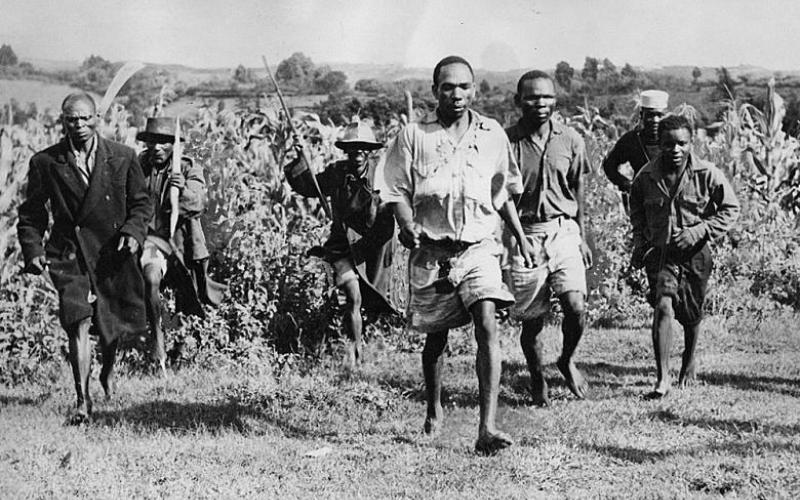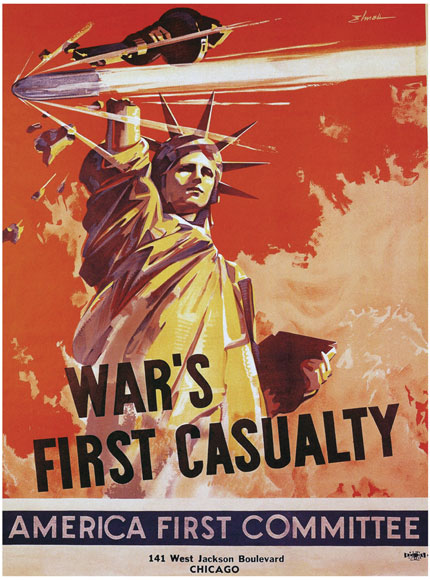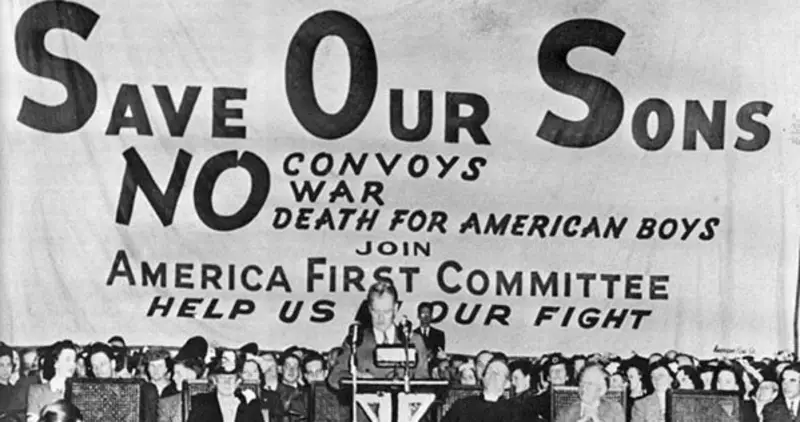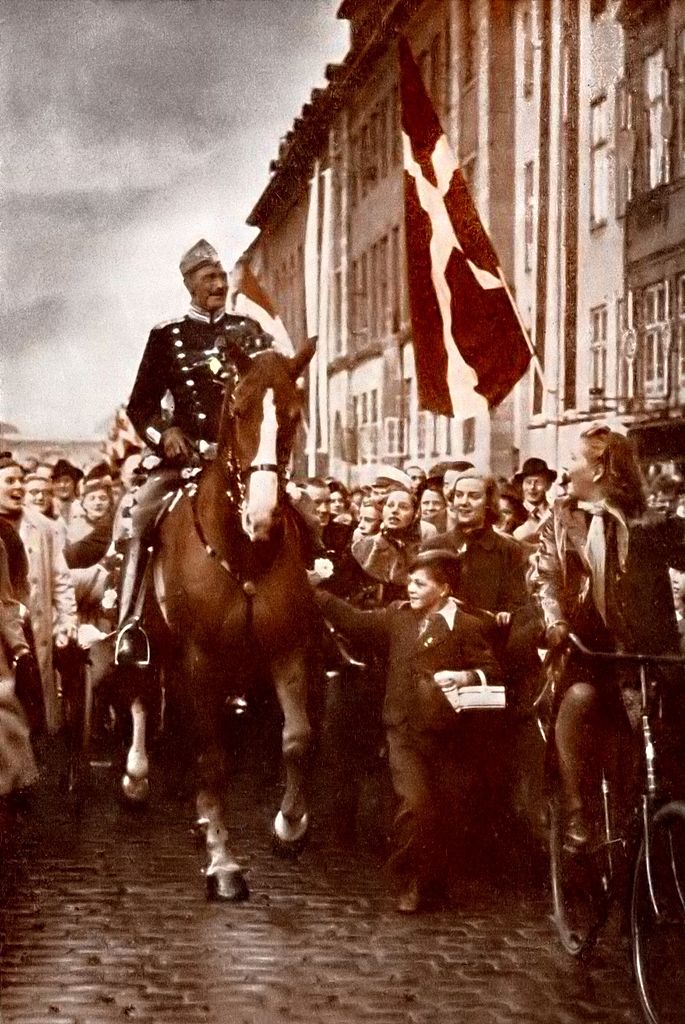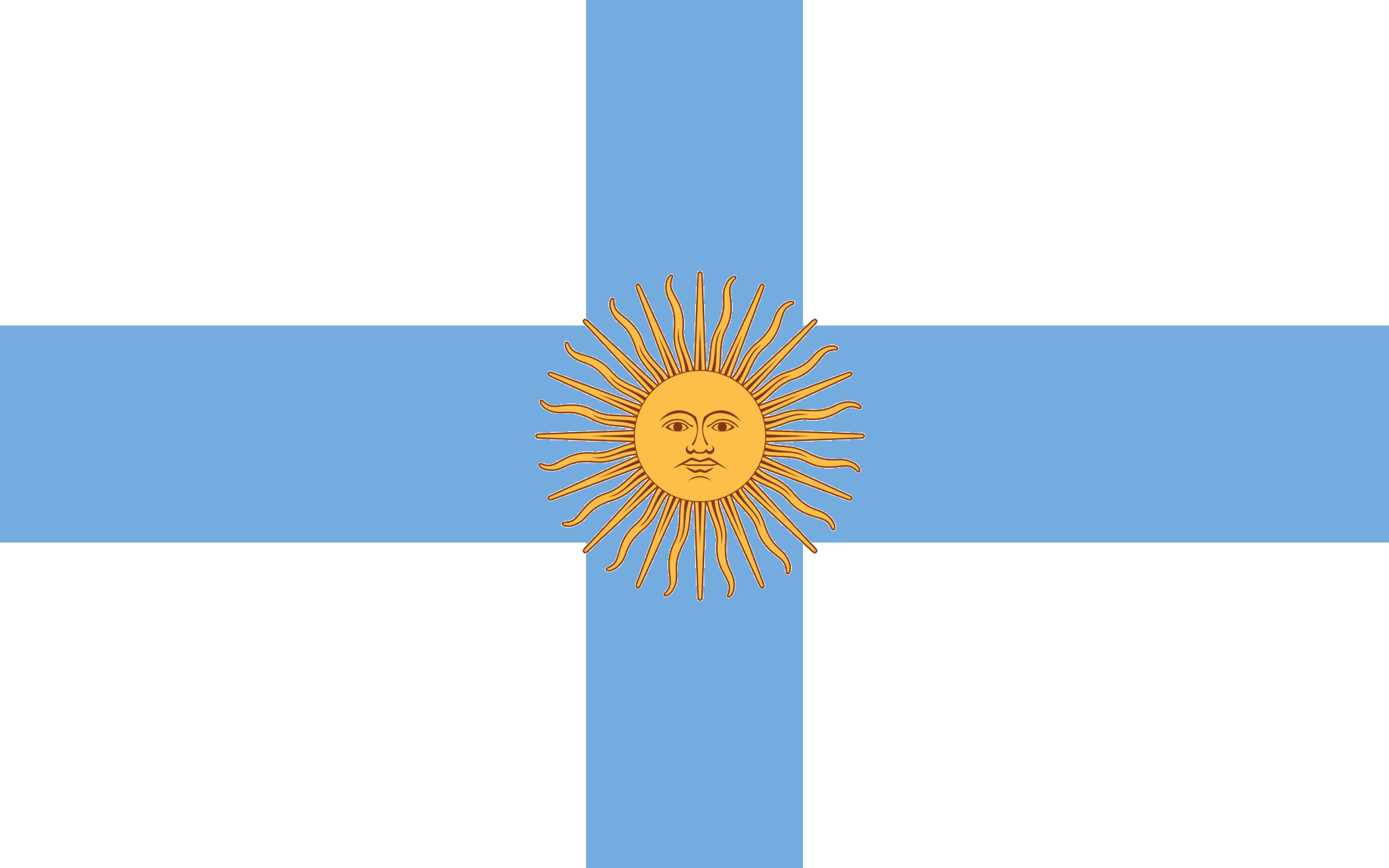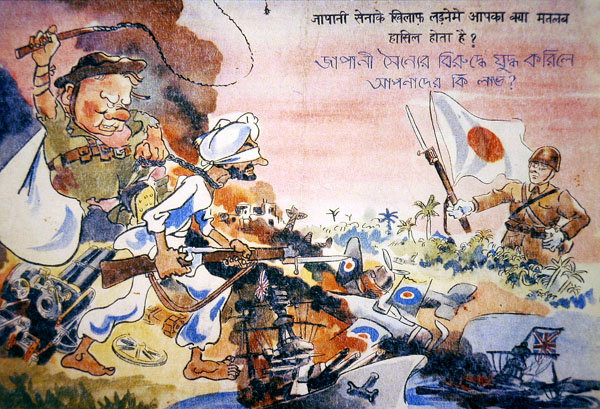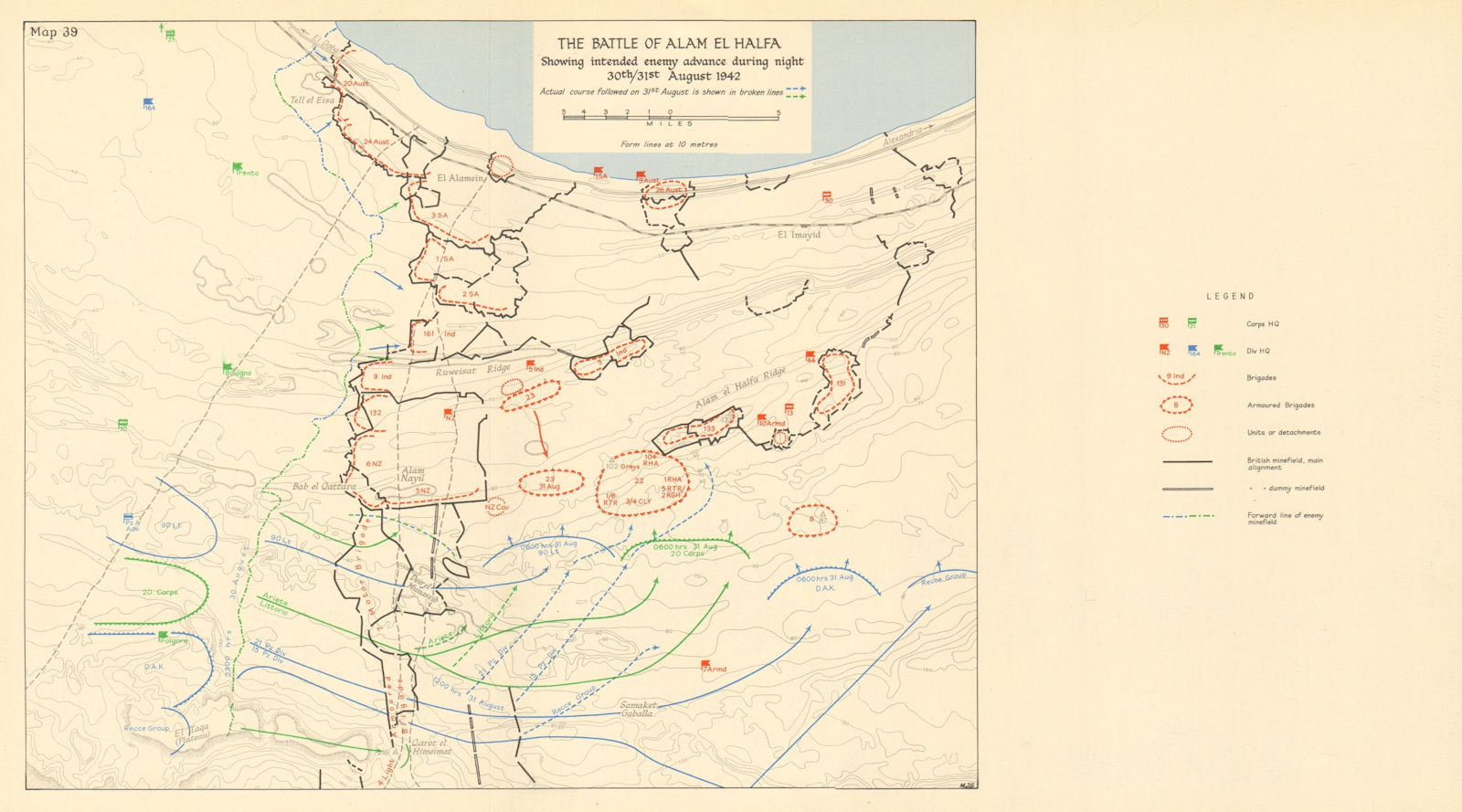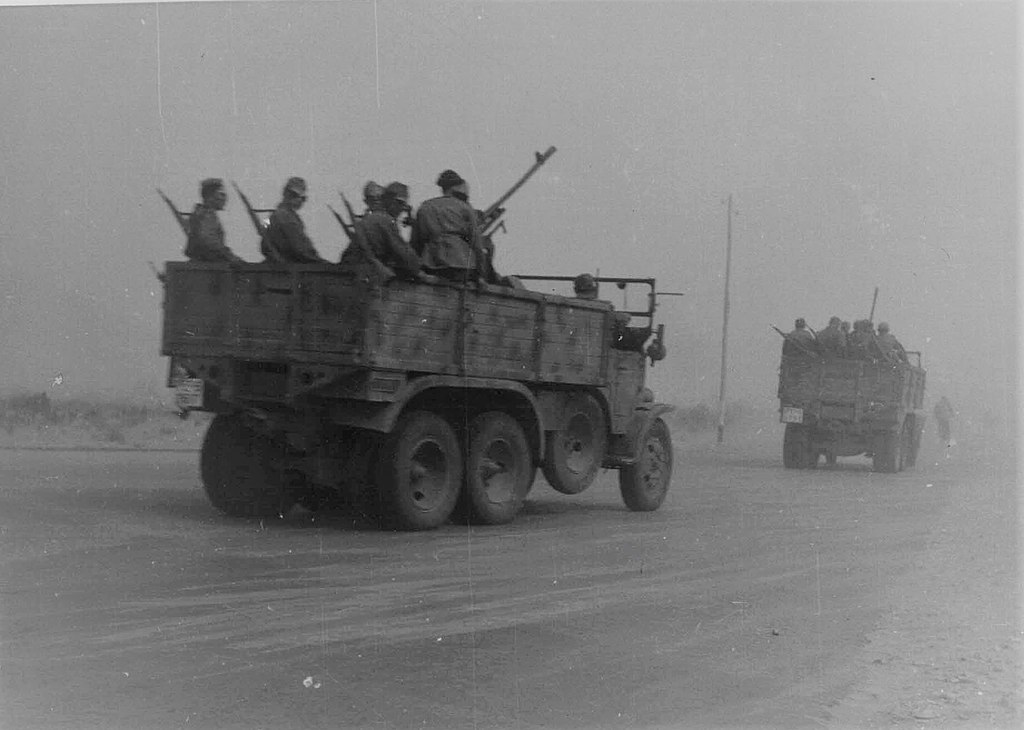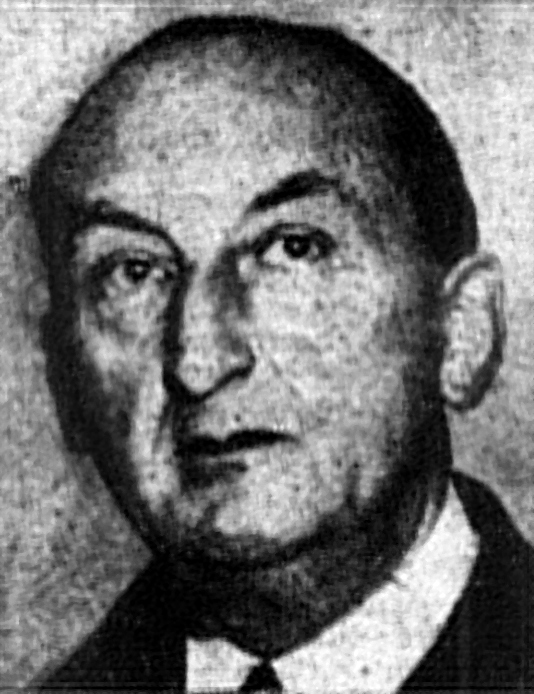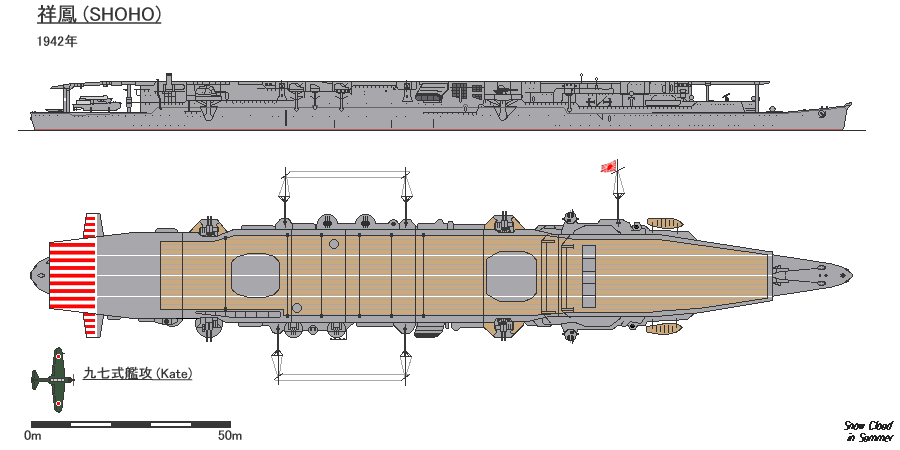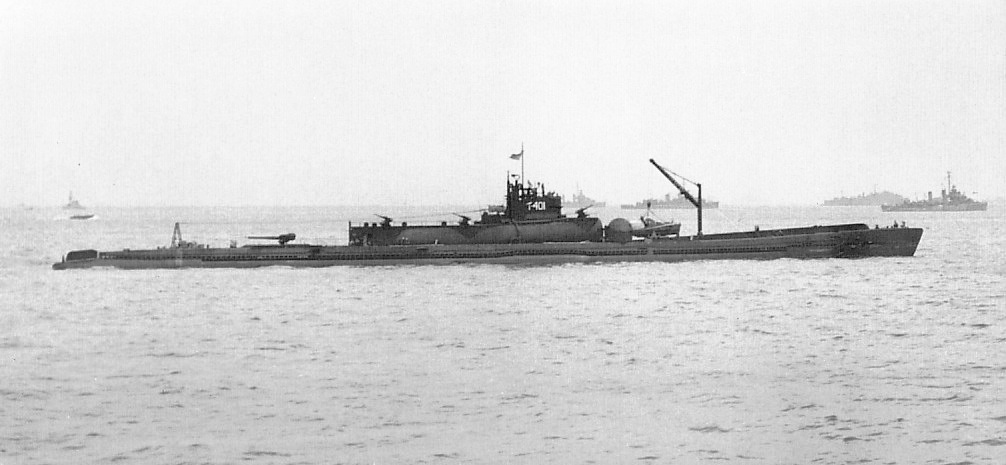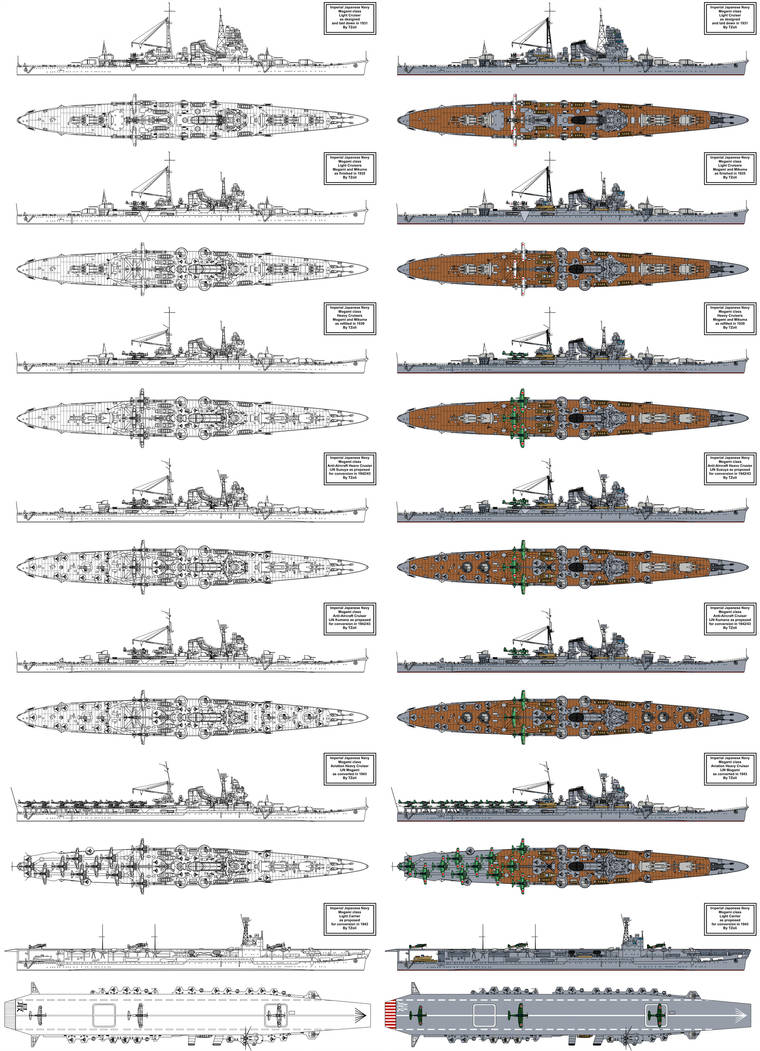Chapter 330: The East Coast under Siege:
The American shooting season:

The Second Happy Time, also known among German submarine commanders as the American shooting season, was the informal name for a phase in the Battle of the Atlantic during which Axis Centra Powers submarines and warships attacked merchant shipping and Allied naval vessels along the east coast of North America. The first “Happy Time” was in 1940–41 in the North Atlantic and North Sea. Germany, Italy and the rest of the Axis Central Powers declared war on America, like they had promised the Co-Prosperity Sphere in the Anti-Comintern Pact and in exchange Japan and the rest of the Co-Prosperity Sphere joined the Eastern Crusade against the Soviet Union in the Far East. Both factions knew that if the Soviets and/or the British Empire could be beaten before the Americans showed up in Europe, Africa, Asia and the Pacific, the war would most likely end in their victory during that time and decisions. The Second Happy Time lasted from December 1942 to about July of the next year and involved several German naval operations including Operation Haifisch (or Operation Shark) and Operation Hercules. German submariners named it the happy time or the golden time as defense measures were weak and disorganized, and the U-boats (submarines) and warships were able to inflict massive damage with little risk. During this period, Axis Central Powers submarines sank 609 ships totaling 3.1 million tons and the loss of thousands of lives, mainly those of merchant mariners, against a loss of only 22 U-boats. Although less than losses during the 1917 campaign in the First Great War, it was roughly one quarter of all shipping sunk by U-boats during the entire Second great War and a devastation start for the American entry into the Second Great War. Some later historians would call it the Atlantic Horror and place the blame for the nation's failure to respond quickly to the attacks on the inaction of Admiral Ernest J- King, commander-in-chief of the U.S. fleet. Others however would point out that the belated institution of a convoy system was at least in substantial part due to a severe shortage of suitable escort vessels, without which convoys were seen as actually more vulnerable than lone ships.
Operation Reichsadler (German: Operation Imperial Eagle):

Together with the Imperial German Navies raid on the shipping along the US East Coast, the Imperial German Air Force (IGAF) under former Reich Aviation Minister and now Air Admiral Hermann Wilhelm Göring launched the so called Operation Reichsadler (German: Operation Imperial Eagle) against the American East Coast cities. Since the Americabomber Project was not yet finished, the Axis Central Powers, led by Germany used bases in Spain and Spanish North Africa to start Airship Aircraft Carrier (AAC) raids on the US East Coast cities as targets. Since most AAC were unable to carry even light and medium bombers, these raids were done by fighters, with a minimal bombing carrying capacity and quiet ineffective on a military scale. They targeted Boston, New York, Baltimore, Newark, Philadelphia and Washington. New Yorks Mayor La Guardia knew that during a new Great War, his city would be a prime target, believing that it was imperative that New York City begin taking steps to protect itself. In addition to 62,000 air-raid wardens, the mayor was asking for 28,000 specially trained volunteers to manually turn off the city lights in the event of a blackout. A fire auxiliary force was already being trained, and volunteer ‘spotters’ (who would remain on rooftops should enemy planes attack) were being canvassed until June 1940. While these Axis Central Powers bombing attacks made little damage, as the fighter and dive bomber planes had little carrying capacity, the fighters flew trough the cities, firing at everything they saw (civilians, cars, trolleys, ships and buildings) to increase the possible shock value and to prove that Germany was able to even reach the US coast. Some German fighters were shot down, others ditched into the Atlantic, but some returned back to their AAC's afar from the coast and returned to Europe. Out of six AAC's one was lost to the American Airforce and would later serve as a blueprint for the United States own AAC models.

While the Second Happy Time, as well as the Operation Imperial Eagle had no major implications to the American ability and power in the war, unlike the loss of Midway, all these events had great and dramatic impacts on the United States Senate elections of 1942, held November 3, 1942 and it's final outcome. Since quiet some time some Axis Central Powers and Co-Prosperity Sphere minorities (split over the Second Great War as most Americans were) had stared anti-war newspapers and propaganda, often in alliance with American anti-war groups and pacifist movements. Headlines like: Roosevelt sends American Boys to die in King Geroge's War, American Blood for Dutch Oil, Bring our Boys Home, America for America, George Washington: no entangling alliances, Why fight for MacArthur's colonial imperialism? (a reference to his famous words to one day return to the Philippines) or Hey, hey FDR, how many boys have died afar? Could be red and heart throughout the United States. It didn't help President Roosevelt, that to counter these dissidents, enemy agitators and spies by interning some Americans of Axis Central Powers (Germans, French, Russians, Ukrainians and other Europeans in the East Coast) and Co-Prosperity Sphere (Japanese, Chosen, Manchu, Mengjiang, Chinese, Vietnamese, Thai and other Asians on the West Coast) descendant if they were suspected or found guilty of any crimes, spying and enemy agitation against the United States.
The American shooting season:

The Second Happy Time, also known among German submarine commanders as the American shooting season, was the informal name for a phase in the Battle of the Atlantic during which Axis Centra Powers submarines and warships attacked merchant shipping and Allied naval vessels along the east coast of North America. The first “Happy Time” was in 1940–41 in the North Atlantic and North Sea. Germany, Italy and the rest of the Axis Central Powers declared war on America, like they had promised the Co-Prosperity Sphere in the Anti-Comintern Pact and in exchange Japan and the rest of the Co-Prosperity Sphere joined the Eastern Crusade against the Soviet Union in the Far East. Both factions knew that if the Soviets and/or the British Empire could be beaten before the Americans showed up in Europe, Africa, Asia and the Pacific, the war would most likely end in their victory during that time and decisions. The Second Happy Time lasted from December 1942 to about July of the next year and involved several German naval operations including Operation Haifisch (or Operation Shark) and Operation Hercules. German submariners named it the happy time or the golden time as defense measures were weak and disorganized, and the U-boats (submarines) and warships were able to inflict massive damage with little risk. During this period, Axis Central Powers submarines sank 609 ships totaling 3.1 million tons and the loss of thousands of lives, mainly those of merchant mariners, against a loss of only 22 U-boats. Although less than losses during the 1917 campaign in the First Great War, it was roughly one quarter of all shipping sunk by U-boats during the entire Second great War and a devastation start for the American entry into the Second Great War. Some later historians would call it the Atlantic Horror and place the blame for the nation's failure to respond quickly to the attacks on the inaction of Admiral Ernest J- King, commander-in-chief of the U.S. fleet. Others however would point out that the belated institution of a convoy system was at least in substantial part due to a severe shortage of suitable escort vessels, without which convoys were seen as actually more vulnerable than lone ships.
Operation Reichsadler (German: Operation Imperial Eagle):

Together with the Imperial German Navies raid on the shipping along the US East Coast, the Imperial German Air Force (IGAF) under former Reich Aviation Minister and now Air Admiral Hermann Wilhelm Göring launched the so called Operation Reichsadler (German: Operation Imperial Eagle) against the American East Coast cities. Since the Americabomber Project was not yet finished, the Axis Central Powers, led by Germany used bases in Spain and Spanish North Africa to start Airship Aircraft Carrier (AAC) raids on the US East Coast cities as targets. Since most AAC were unable to carry even light and medium bombers, these raids were done by fighters, with a minimal bombing carrying capacity and quiet ineffective on a military scale. They targeted Boston, New York, Baltimore, Newark, Philadelphia and Washington. New Yorks Mayor La Guardia knew that during a new Great War, his city would be a prime target, believing that it was imperative that New York City begin taking steps to protect itself. In addition to 62,000 air-raid wardens, the mayor was asking for 28,000 specially trained volunteers to manually turn off the city lights in the event of a blackout. A fire auxiliary force was already being trained, and volunteer ‘spotters’ (who would remain on rooftops should enemy planes attack) were being canvassed until June 1940. While these Axis Central Powers bombing attacks made little damage, as the fighter and dive bomber planes had little carrying capacity, the fighters flew trough the cities, firing at everything they saw (civilians, cars, trolleys, ships and buildings) to increase the possible shock value and to prove that Germany was able to even reach the US coast. Some German fighters were shot down, others ditched into the Atlantic, but some returned back to their AAC's afar from the coast and returned to Europe. Out of six AAC's one was lost to the American Airforce and would later serve as a blueprint for the United States own AAC models.

While the Second Happy Time, as well as the Operation Imperial Eagle had no major implications to the American ability and power in the war, unlike the loss of Midway, all these events had great and dramatic impacts on the United States Senate elections of 1942, held November 3, 1942 and it's final outcome. Since quiet some time some Axis Central Powers and Co-Prosperity Sphere minorities (split over the Second Great War as most Americans were) had stared anti-war newspapers and propaganda, often in alliance with American anti-war groups and pacifist movements. Headlines like: Roosevelt sends American Boys to die in King Geroge's War, American Blood for Dutch Oil, Bring our Boys Home, America for America, George Washington: no entangling alliances, Why fight for MacArthur's colonial imperialism? (a reference to his famous words to one day return to the Philippines) or Hey, hey FDR, how many boys have died afar? Could be red and heart throughout the United States. It didn't help President Roosevelt, that to counter these dissidents, enemy agitators and spies by interning some Americans of Axis Central Powers (Germans, French, Russians, Ukrainians and other Europeans in the East Coast) and Co-Prosperity Sphere (Japanese, Chosen, Manchu, Mengjiang, Chinese, Vietnamese, Thai and other Asians on the West Coast) descendant if they were suspected or found guilty of any crimes, spying and enemy agitation against the United States.
Last edited:
